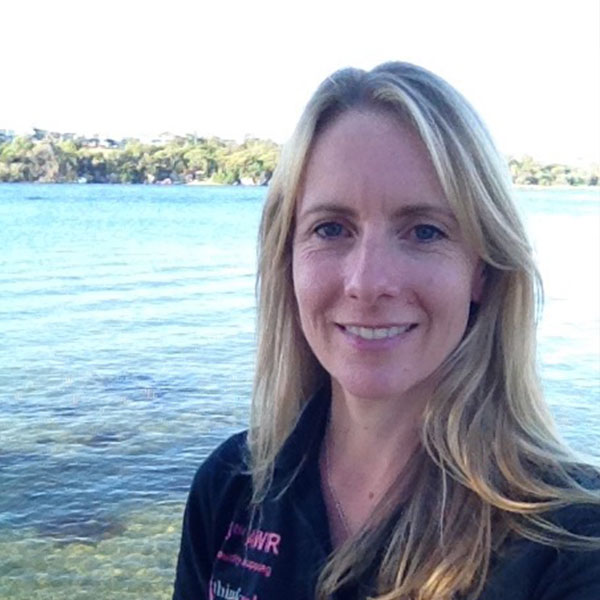Person: Joey Jeff Voermans
Joey is a Ph.D. candidate in environmental fluid mechanics at the University of Western Australia. His research is focused on permeable boundary layer flow, particularly the interaction between the fluid inside the permeable medium and the fluid above this boundary. He received his Bachelor degree in Architecture and his Master degree in Environmental Fluid Mechanics … Continued










